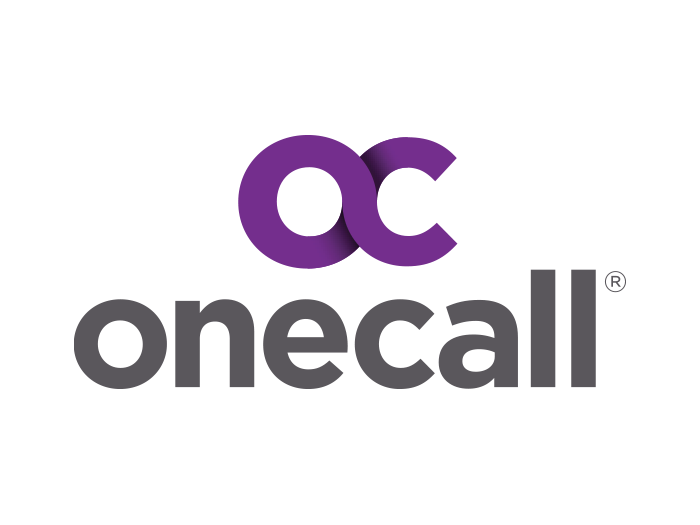Adjuster X
The Rejection Demand
“You are not going to accept this claim, do you quite understand?” said Sumar Sanji, the CEO of Centerville Fuel, speaking rather forcefully.
“Mr. Sanji,” I replied, “you have made yourself abundantly clear. The investigation is underway. I need to come down and go over everything with you.”
“Very well,” Sanji replied. “Make haste. I shall explain all.”
Fred Sanders, 29, had been driving for Centerville Fuel for three years. He broke his right arm in a one-vehicle accident while driving a company truck. I visited him before meeting Sanji.
Sanders lived in a modest single-story home. His right arm was casted. “What caused the accident?” I asked him.
The claim seemed simple. So why did Sanji want to deny it?
“The road was wet,” he said. “I was going downhill within the speed limit, and the truck skidded off the road. There was nothing wrong with the truck — it was new. It was just an accident. My arm hurts like heck and I’m right-handed.”
Reviewing the time of the accident and his location, I saw no indication that Sanders had deviated from his route. The claim seemed simple. So why did Sanji want to deny it?
I didn’t have to wait long to find out. “This is a fraud,” Sanji opened our meeting with. “Fred Sanders was a double agent!”
Baffled, I asked, “Was he not driving your truck to your customer’s location when the accident occurred?”
Sanji waved a small book in the air. “He was working for another company. We found this in the truck following the accident.” I looked at Sanji quizzically.
He continued, “FDOT regulations require that truck drivers log their road time. There were two logs in the truck. One was for Centerville Fuel, but this one was for Aias Systems. Sanders was working for another company while he drove my truck! And the truck he damaged was brand new. The accident was his fault! Why should he be able to recover under my workers’ comp policy?”
I slowly replied, “Mr. Sanji, you have given two reasons why you believe this claim should be denied. The first is that Sanders was concurrently employed by another company while working for you. The second is that the accident was entirely the fault of Sanders.” Sanji nodded.
“The fact is that Sanders may well have been working for both you and Aias Systems. But on the date of the accident he was driving from your plant to your customer’s location, along a direct route. He was in the course and scope of his employment for Centerville Fuel when the accident transpired.”
“But Aias Systems should also be held accountable!” Sanji protested.
“Not unless we can prove Sanders was somehow in the course and scope of employment for Aias when the accident occurred, or that Aias benefited from Sanders visiting your client,” I countered. “Let’s move on.”
“You say that the accident was Sanders’ fault. That may be entirely true. However, workers’ comp is no-fault. Negligence on the part of the employee does not bar recovery under workers’ comp.”
Sumar Sanji looked aghast. “This man is guilty of fraud and reckless driving. Benefits should not be extended to him under my policy.”
“Mr. Sanji, there’s no way to sustain a denial of workers’ comp benefits on this claim. If you want to discipline Sanders for moonlighting, that’s up to you, but it will not mitigate your exposure for the arm injury.”Adjuster










